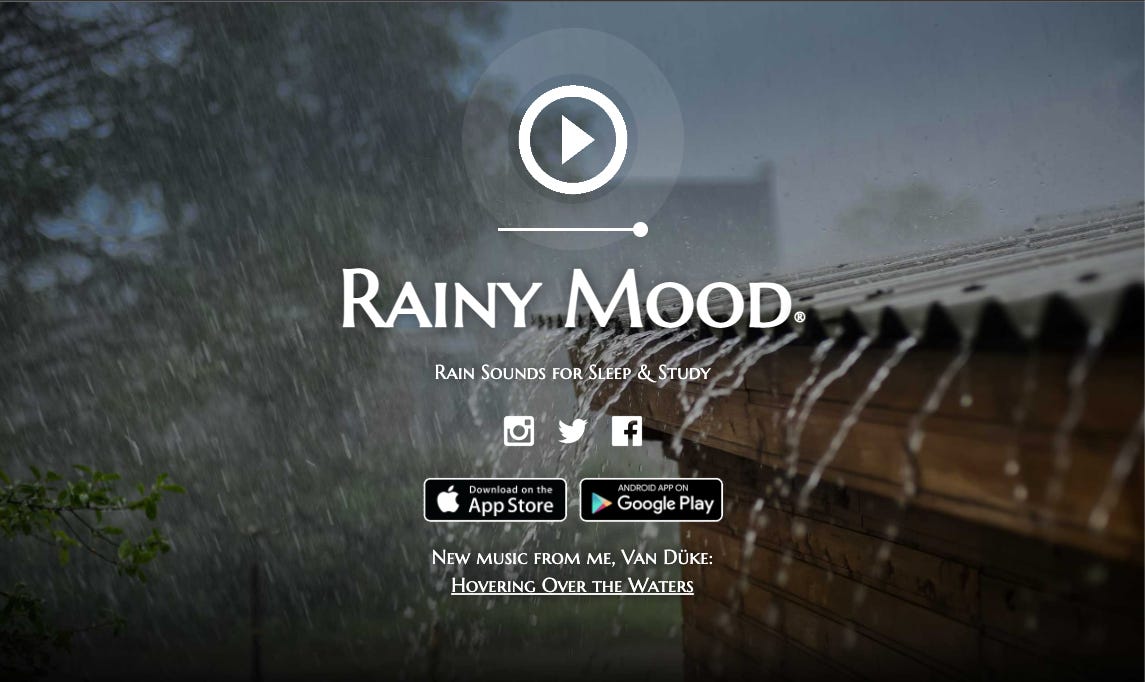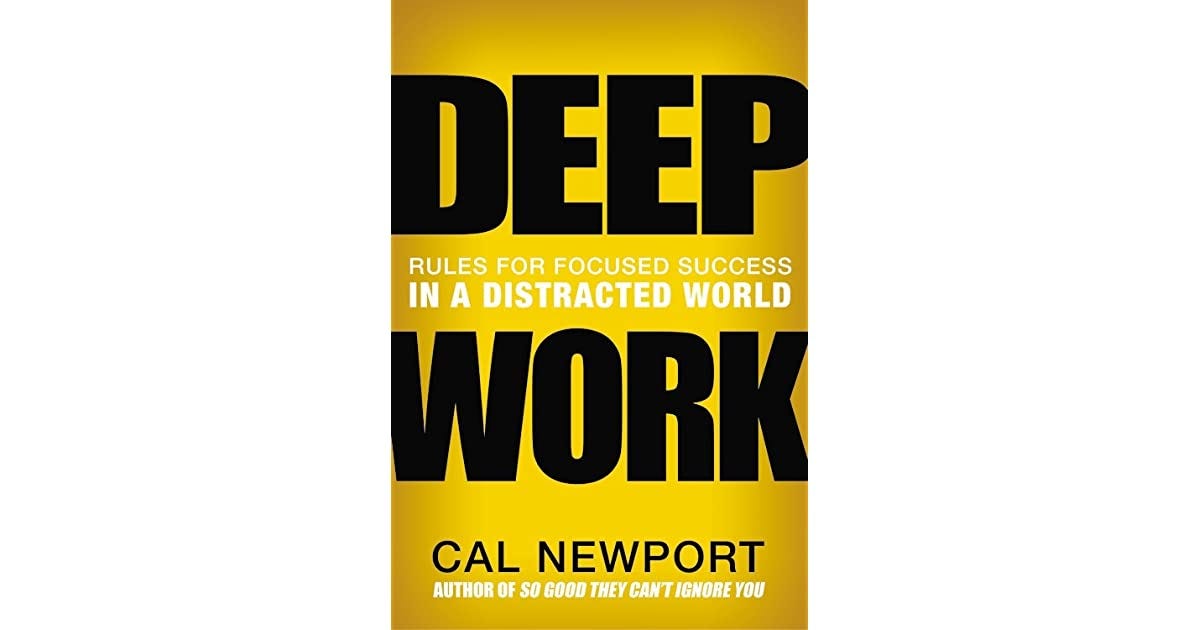
Launching massive program improvements tends to be fraught with danger for Sales Strategy & Operations people, but this launch was oddly quiet for three whole weeks. Until it wasn’t.
What seemed like a seamless launch was causing a massive problem for a single, important market; nearly 100% of their book of business would be negatively impacted by this change. This has greatly perturbed the highly influential director who led this program, and he had zeroed in on the person who he deemed responsible:
me.
Enter The Difficult Stakeholder.
I cannot emphasise enough that this was a pretty powerful person that I had now successfully pissed off. Their email tone made it clear that they somehow held me personally responsible, and attributed all negative decisions made to me. I have also had past interactions with this person, and the decisions made have not gone their way, so I’m sure there was some history colouring this particular exchange. Within minutes, my entire leadership was on a separate email thread accusing me of making decisions without sales consultation or consideration, and thus blowing up this person’s entire business.
I needed to save this, and clear my name
I was not in fact the decision maker or owner of this massive program improvement. My role in the whole project was to front the change to the Asia Pacific region, surface challenges unique to the region and potential impact to the programs I manage, and ultimately make sure the change landed smoothly. The impacted program was significantly downstream from the programs I manage, but it was my name on the launch email, so here I was in a megathread with every leader within n+2 of this change in cc.
Everyone agreed that this was a problem for the team in question. The problem was:
This team is important, but ultimately a single sales program in a single market, and a drop in the metaphorical global bucket.
The changes that were enacted upstream we actually decoupled from the issue impacting them - they had simply been using the upstream process as a workaround to their own processes.
My team did not own the downstream process that they took issue with.
Putting in a workaround post-changes would require significant engineering lift, something we would not have access to until next year at the earliest. Given the low impact, it was unlikely we would get engineering support at all.
The problem was timebound; another change due in Q4 would render the issue moot.
One of my professional philosophies is that if I’m putting my name against something, then The Buck Stops Here. This meant that despite not being the decision maker, or owning the change, I took personal responsibility to diagnose the issue and connect dots towards resolving things.
I’d like to share some tactics that I’ve deployed to defuse the situation and move towards a resolution.
Transparent Communication
Loop in relevant people. It was clear from the onset that there wasn’t a single decision maker who could solve this issue. I looped in various program owners who were directly involved, to ensure all parties were aware of the issue and were able to weigh in.
Get all the facts. We needed to understand exactly what the problem was, and what our program change was breaking. I got program owners across timezones to talk through the process in layman language, and agree on what might be breaking, what we were willing to do about it, and what we were not willing to do. I then spent a few hours poring over technical documentation that detailed exactly how all these systems interact.
Simplify there was a lot of information. I summarised it into the simplest possible terms for all parties involved and stuck that back in the email chain.
Empathy and Compromise
think like the user. This was a minor problem to the global team, but to the affected team it was their entire business; it would be a bad outcome to walk away with no solution, and I made sure that all parties agreed that we needed at least a workaround.
Think like the company. At the same time, I didn’t think it made sense to push for engineering support. This was a minor problem to the global team, and engineering resources are scarce; they need to be focussed on the most important, most impactful work. Anything we used as a stopgap needed to be scrappy. I made sure that
Think of myself The Difficult Stakeholder was rapidly escalating this situation, generating quite a bit of noise. Luckily, two of the leaders involved were people I trusted a lot , and I immediately contacted them and laid out my plans. I told them that I needed their buy-in on the way forward, air cover in case this escalated further, and to back-channel the same plan to The Difficult Stakeholder.
Clarity
Who’s the DM? It was clear that I was not the decision maker here, but the Difficult Stakeholder was convinced it was me. I needed to identify the right person and involve them ASAP. Luckily, I had dealt with almost the same issue in November 2021 and knew exactly who this person was.
Lay out the logic In as parsimonious language as possible, I laid out the grounding facts that clearly showed why this was not within my control, and then laid out exactly who would be best able to solve this.
Bring it together remember, The Buck Stops Here. I offered my services to a) connect the decision maker and The Difficult Stakeholder and b) represent my global team rather than dragging them into this issue.
Outcomes
I’ll know next week.
Jokes aside, This is a live situation. I’m sharing these tactics because I’ve used them many times, with great success, to defuse difficult stakeholders. I try to remember that
Leaders are ultimately employees too, with incentives and bonuses, and these incentives drive their behaviour and reactions.
I’m not going to take something personally, even if it’s being conveyed as such.
Work is just work, and it’s ok to screw up.
There are leaders I trust, who trust me, who will back me up.
I hope my experience helps you navigate the storm if you find yourself in an equally challenging situation.
media I’m consuming this week.
3 recommendations to help you learn and grow.
RainyMood by James Dueck.
Rainymood has been my most important productivity tool since 2009. I am very easily distracted by my own brain: white noise (rain, wind, waves, box fans) help me focus. I’ve needed this a lot in the past weeks.
Deep Work by Cal Newport.
Staying with the theme of mitigating distraction. This book entirely changed how I work a few years ago, and I felt it was time for a re-read.
Various Succession Analyses
I’m very late to the Succession party, but I absolutely love it. It’s supposed to be a somewhat absurdist take on the intersection of corporate America and family drama, but it is very, very real. The same politicking plays out nearly verbatim in many of today’s most prestigious (and supposedly egalitarian) companies. I appreciate two things grealy:
The entire cast are flawed, making it hard to root for any one person.
It feels tense and action packed, but all it is, is people in rooms speaking.







Thanks for writing about this topic and at such an appropriate timing, as i too am facing a difficult stakeholder. Good reminders that you've brought up under outcomes👍🏻